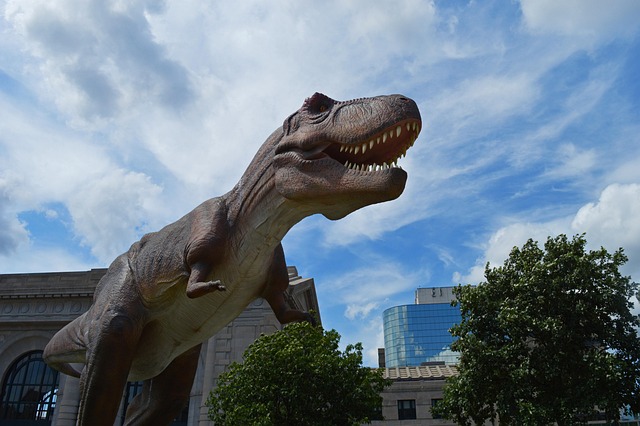An international team of scientists has uncovered remarkably preserved soft tissues, including red blood cell-like structures, within the fossilized remains of a 66-million-year-old dinosaur.
This astonishing discovery, detailed in the journal Biology, not only challenges long-held beliefs about fossil preservation but also opens an unprecedented door to understanding the molecular roots of cancer, potentially revolutionizing future human treatments.
The fossil in question belongs to Telmatosaurus transsylvanicus, a “marsh lizard” duck-billed herbivore that roamed ancient Romania.
Telmatosaurus transsylvanicus
Telmatosaurus transsylvanicus stands as one of Europe’s most remarkable dinosaur discoveries, representing a unique chapter in Late Cretaceous paleontology. This small hadrosaur, measuring approximately 5 meters in length, inhabited what is now Romania’s Hațeg Basin around 70 million years ago.
The species exhibits classic features of island dwarfism, having evolved to a significantly smaller size than its mainland relatives due to the limited resources of its island environment. During the Late Cretaceous, this region existed as an archipelago in the ancient Tethys Sea, creating isolated ecosystems where dinosaurs evolved distinctive characteristics.
First described in 1903 by Franz Baron Nopcsa, Telmatosaurus was among the earliest European dinosaurs to be scientifically documented. Its duck-billed skull and specialized dental batteries reveal its herbivorous lifestyle, adapted for processing the tough vegetation of its island habitat.
Current Research
What began as a spark of curiosity in 2016 for Professor Justin Stebbing, an oncologist at Anglia Ruskin University (ARU), ignited a multidisciplinary research effort.
Stebbing had read about a Telmatosaurus fossil exhibiting an ameloblastoma, a benign tumor also found in humans, prompting him to wonder about the molecular commonalities between ancient and modern cancers.
By 2017, a collaborative team, including Dr. Biancastella Cereser from Imperial College London and Professor Pramodh Chandrasinghe from Sri Lanka, secured the precious fossil.
Dr. Cereser described the meticulous process: “We brought it back and basically drilled into it with a very, very, very fine drill.”
Using high-resolution Scanning Electron Microscopy (SEM), a sophisticated microscope, the team made their astonishing find: structures strikingly similar to erythrocytes, or red blood cells, embedded within the fossilized bone.
This ancient biological evidence offers a unique window into the long-term environmental factors that may have influenced cancer development over millions of years.
The findings strongly suggest that soft tissue and cellular components are far more commonly preserved in ancient remains than previously theorized.
The key, according to Stebbing, lies in proteins. “Proteins, particularly those found in calcified tissues like bone, are more stable than DNA and are less susceptible to degradation and contamination. This makes them ideal candidates for studying ancient diseases, including cancer, in paleontological specimens,” he explained.
While popular culture often dreams of resurrecting dinosaurs through DNA, Stebbing clarified, “Jurassic Park isn’t right… we can’t get DNA out of this because it’s broken down by time and weathering. But what we have found is that we’ve actually found proteins in soft tissues that can survive over time.”
By identifying these preserved proteins and biomarkers, scientists believe they can gain invaluable insights into the diseases that afflicted prehistoric creatures, including cancer.
This newfound knowledge could have profound implications for developing future treatments for humans.
The research team says studying cancer in such ancient organisms could “help us understand the role of environment on cancer,” ultimately leading to more effective human therapies.
The team also issued a vital call for global cooperation in fossil conservation, urging that “long-term fossil conservation efforts are coordinated to ensure that future researchers have access to specimens suitable for cutting-edge molecular investigations.”
The findings are published in journal Biology.
